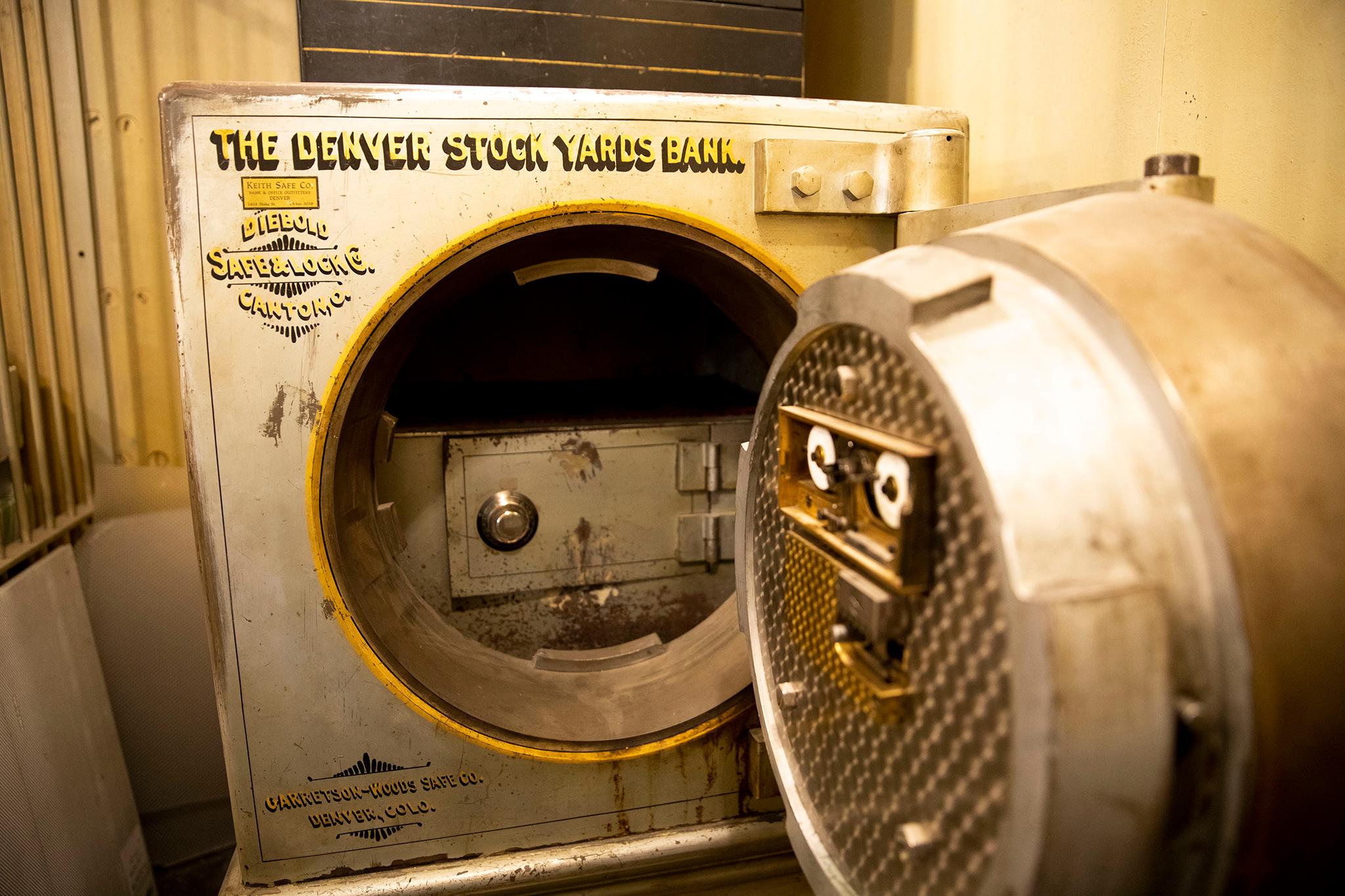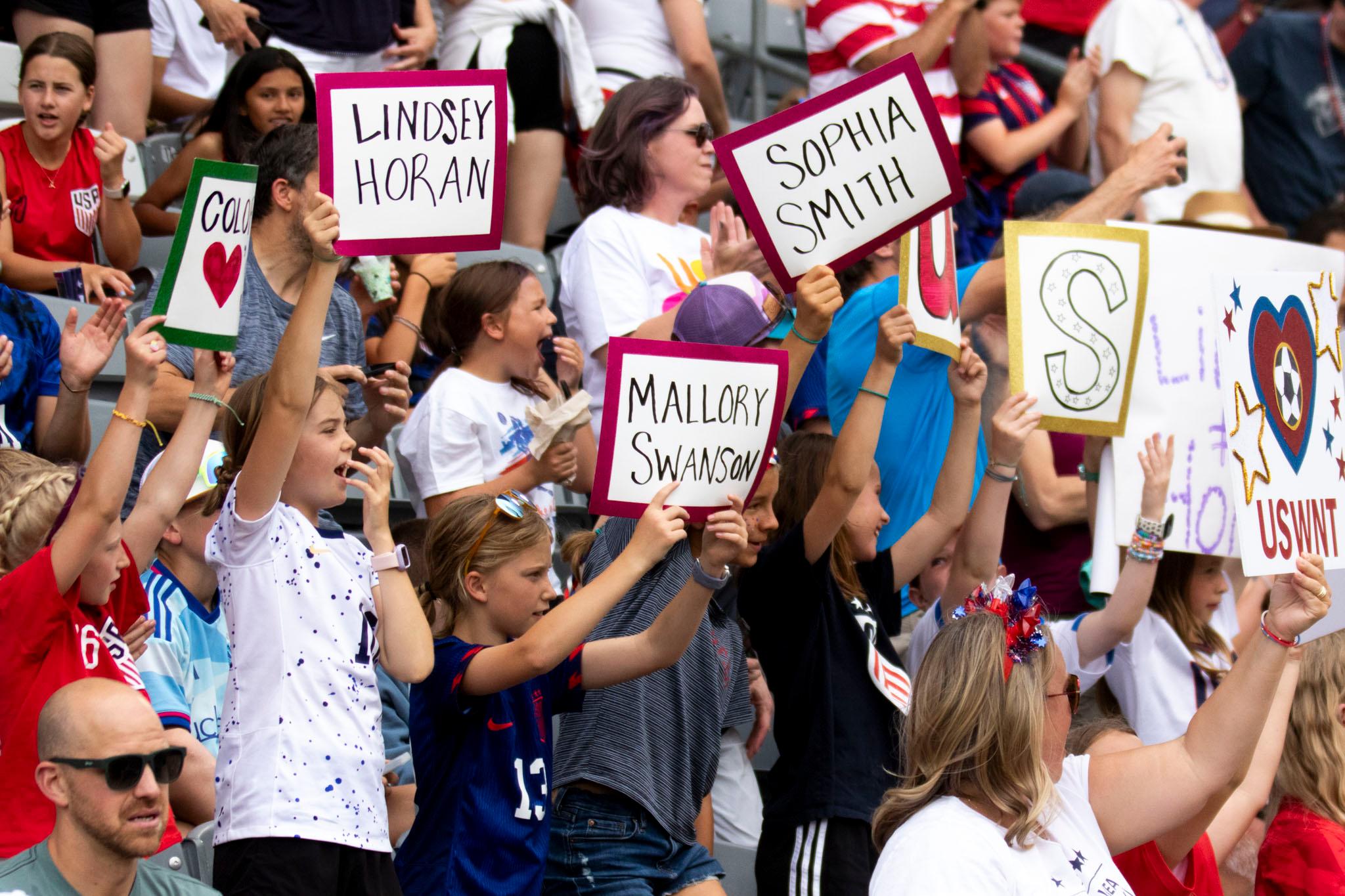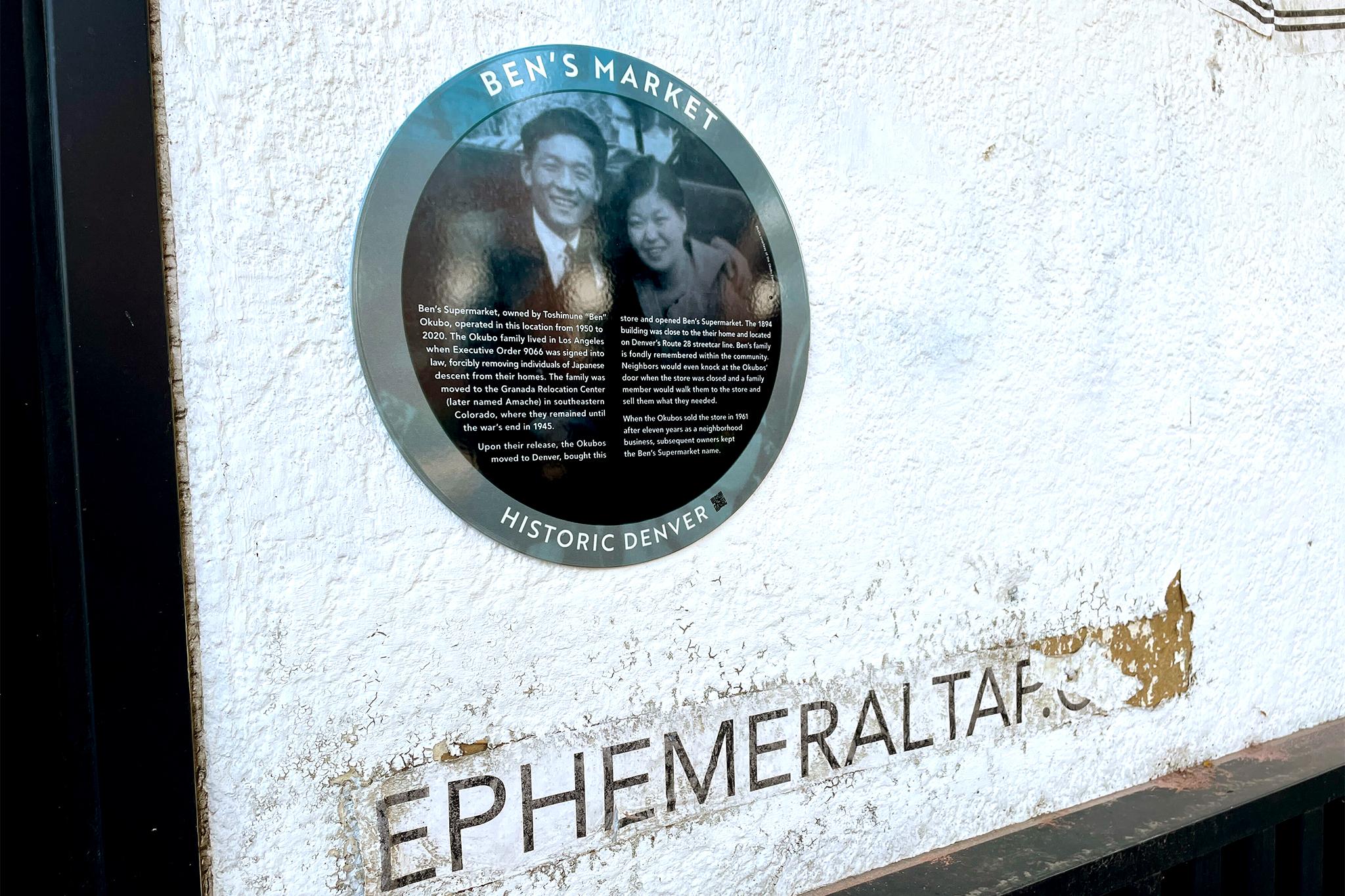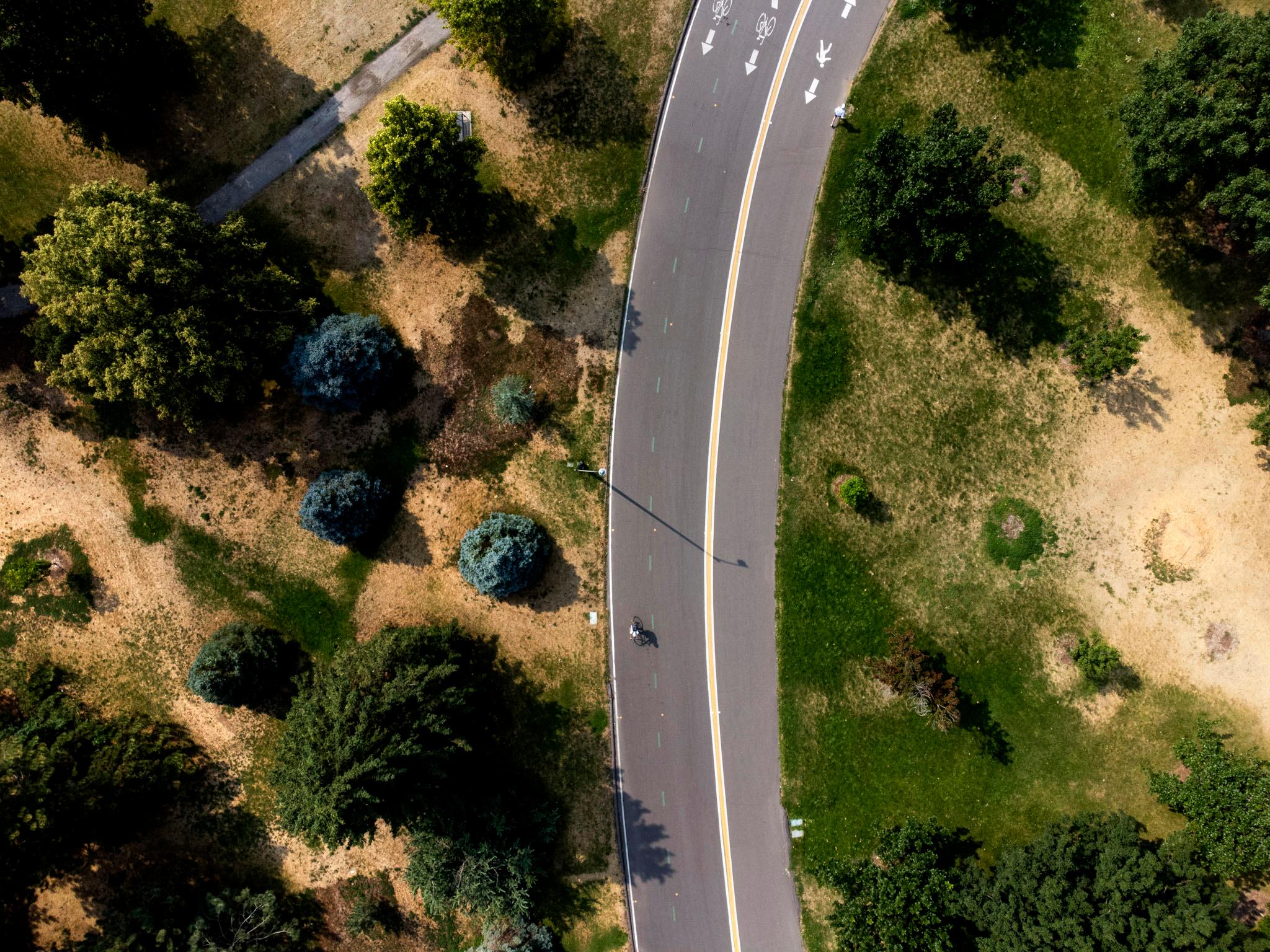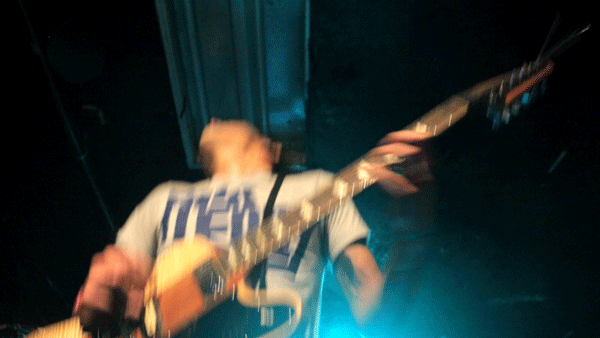Denver's Livestock Exchange stands between Elyria Swansea and Globeville as a memory of a once booming Denver industry. In 1916, transactions between ranchers and buyers totaled about $25 million -- or around $680 million today.
The building, located on the National Western Center campus, was the center of what people who worked there called a city within a city, hosting a two-story vault, a barber shop, restaurants, industry newspapers and a radio station.
Those businesses are long gone now, and the lots surrounding the building are no longer filled with cows, sheep and endless piles of manure.
On Monday, Nov. 21, City Council will vote on whether to give the Livestock Exchange a landmark designation, preserving it as a historical building for decades to come.
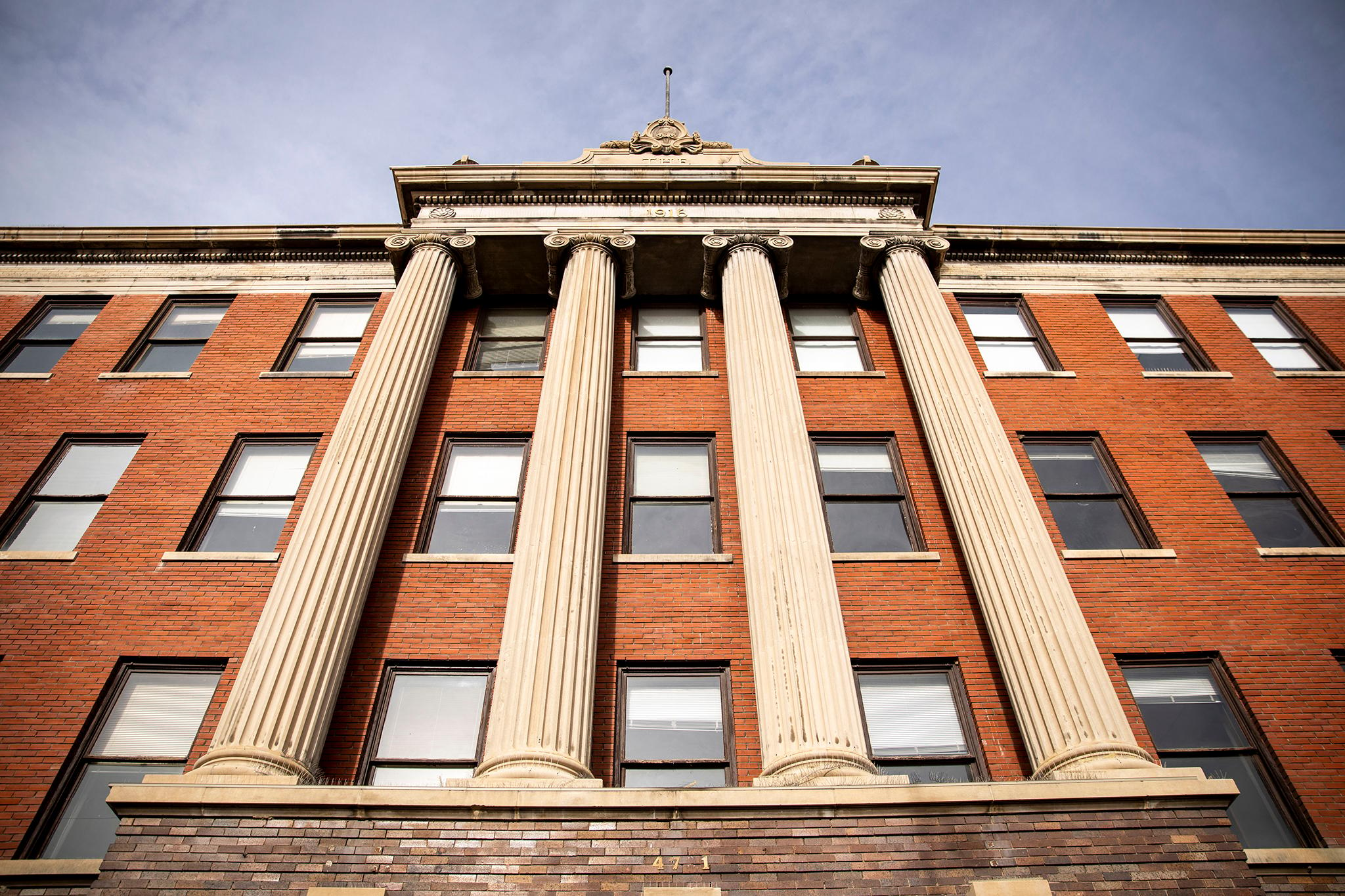
It's part of a larger development plan at the National Western Center.
While the annual National Western Stock Show still draws more than a half-million people to the city, the livestock industry is no longer one of Denver's economic drivers. A mix of empty lots, new buildings, preserved historical sites and construction surrounds the Livestock Exchange. They won't stay empty for long, though, as the city moves forward with plans to turn the once-a-year festival site into a hub for event spaces, agricultural innovation and historical preservation.
But those plans have so far been met with resistance. In 2021, voters rejected a proposal to borrow $190 million in municipal bonds to build a large arena in the area. Community members in neighboring Globeville and Elyria Swansea have protested what some see as development that won't serve the predominantly Latino communities at risk of displacement due to gentrification.
As work to preserve local history like the Livestock Exchange continues, some local organizers wonder, what's in it for people who have lived there for generations?
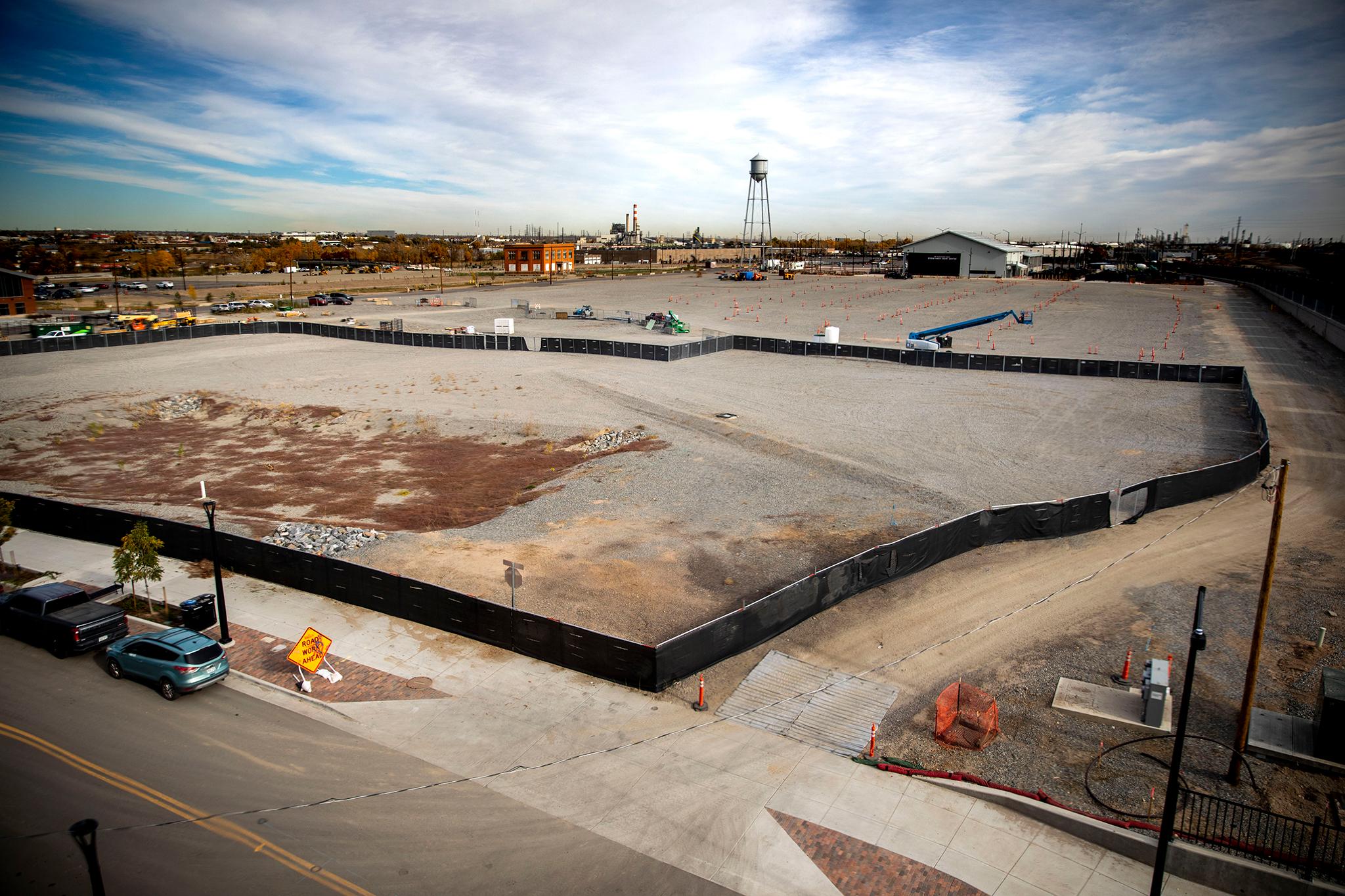
The site was first built in 1898 for smelting, processing materials from mines.
Metal refining led to so much pollution that the Environmental Protection Agency would later designate former smelting areas nearby as a superfund site and is still investigating and cleaning up contaminated soil and groundwater to this day.
The smelting industry began to decline, and in 1916, business leaders built an adjacent building to serve as the center of the growing livestock industry. Developers at the time didn't want just any office, so they specifically designed a grandiose building with columns in a classical revival style.

"This façade especially is pretty special architecturally," said Steve Nalley, director of real estate for the National Western Center. "There's certainly a rarity... There aren't many of these left in the city."
They even built grandiose urinals in the men's bathrooms.

In 1919 they built a smaller, more commercial expansion next door, which now houses the Stockyard Saloon, the go-to bar for Stock Show visitors.
At its height, the Livestock Exchange building was a bustling hub of business where white- and blue-collar workers met. Upper-class white men worked in the building's offices, while new immigrants, some from Eastern Europe, worked the stock pens, slaughterhouses and packing houses outside. Ranchers would walk in with livestock and walk out with cash.
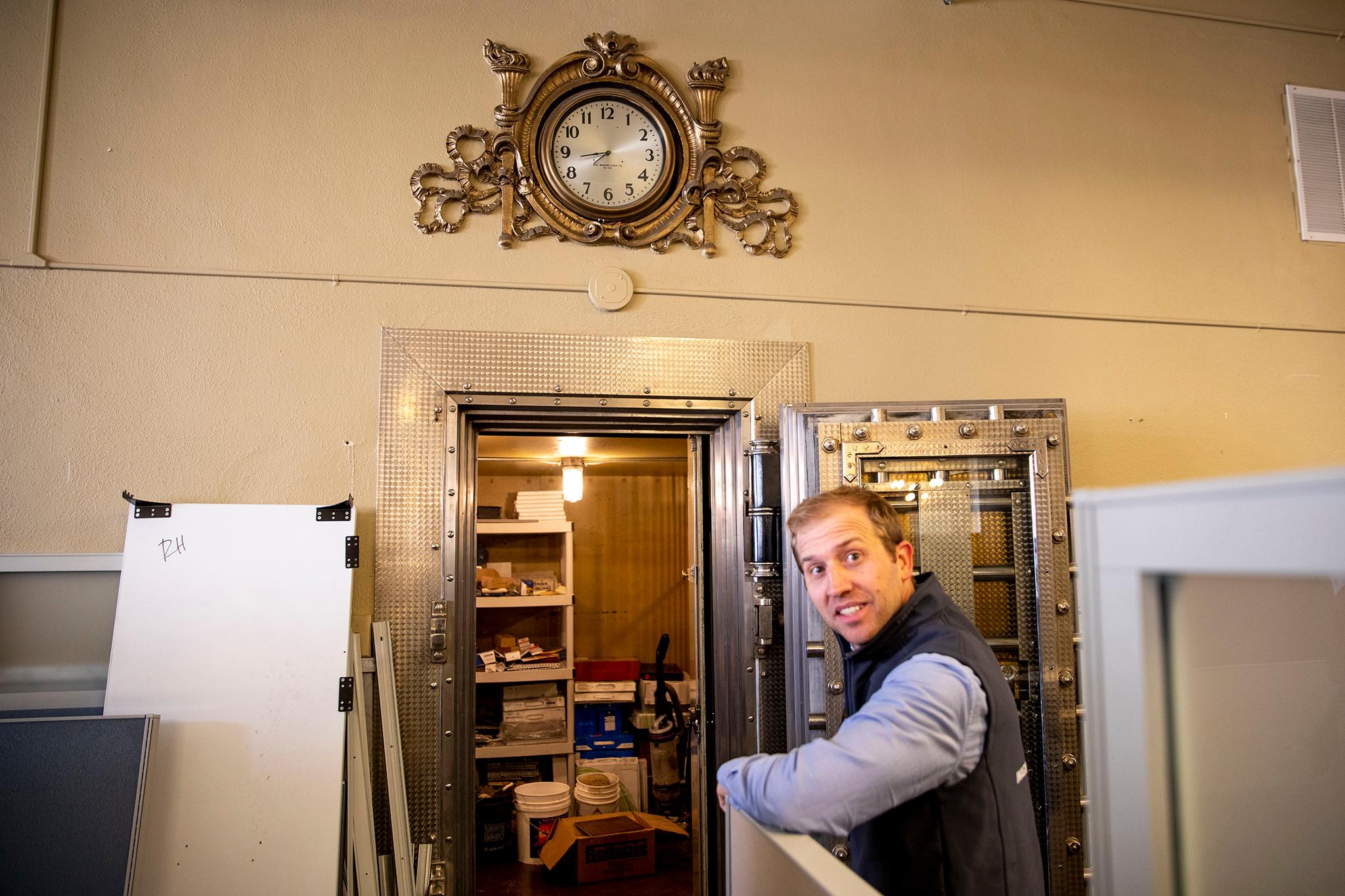
As the livestock industry consolidated and moved out of town in the 1960s, the area went into decline.
While the initial smelting building fell into disrepair, the main building has had a mix of tenants over the years.
Today, the building shows all this history at once: the two story vault used to pay ranchers sits open in the middle of office carrels; the chalkboard that once listed livestock prices still hangs in a hallway; holding cells from a past FBI stint in the building sit among the National Western Center's offices; and a community prayer group has turned one room into a space for meditation.
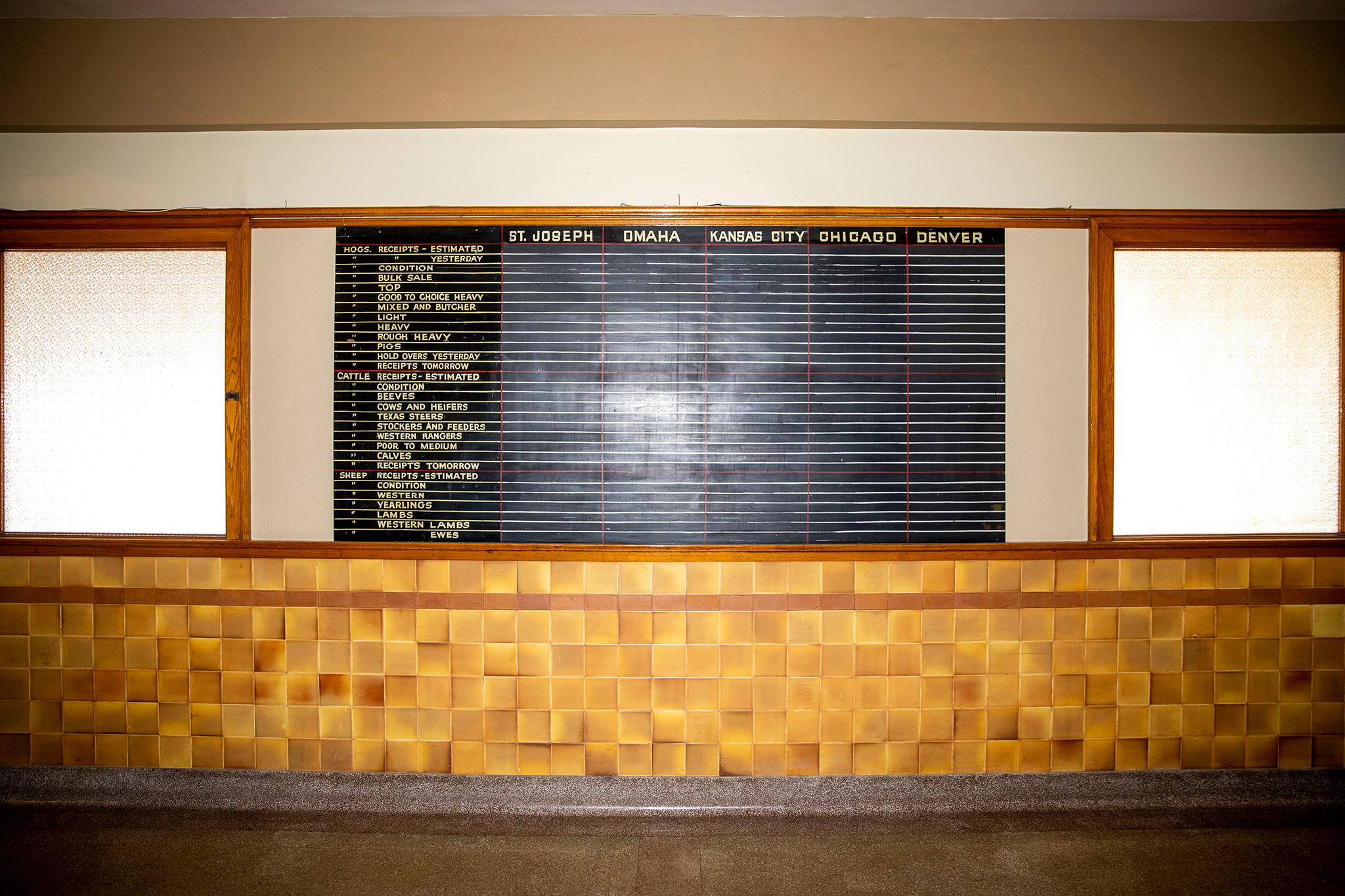
As the area develops and office space in the historic building fills in, the National Western Center hopes to bring the building back to its livestock roots.
Colorado State University has buildings next door that focus on the future of water, animal and food industries. Nalley hopes the Livestock Exchange building will ultimately host companies and organizations focused on the future of food.
"Think like smart smart tags for cattle that keep track of them, vital signs for livestock, kind of these emerging industries, they need office space, they could they could be here," he said.
Milo Marquez grew up in the Globeville-Elyria Swansea area, like multiple generations of his family before him. He works organizes in the area as director of the Latino Action Council, and he's skeptical about the business potential for the building. He wonders if any potential future opportunities will benefit the local community.
"Is it the community that [will own] these businesses? Or are they bringing in corporations and then just employing these folks for minimum wage? Is that really going to benefit these folks?" Marquez said.
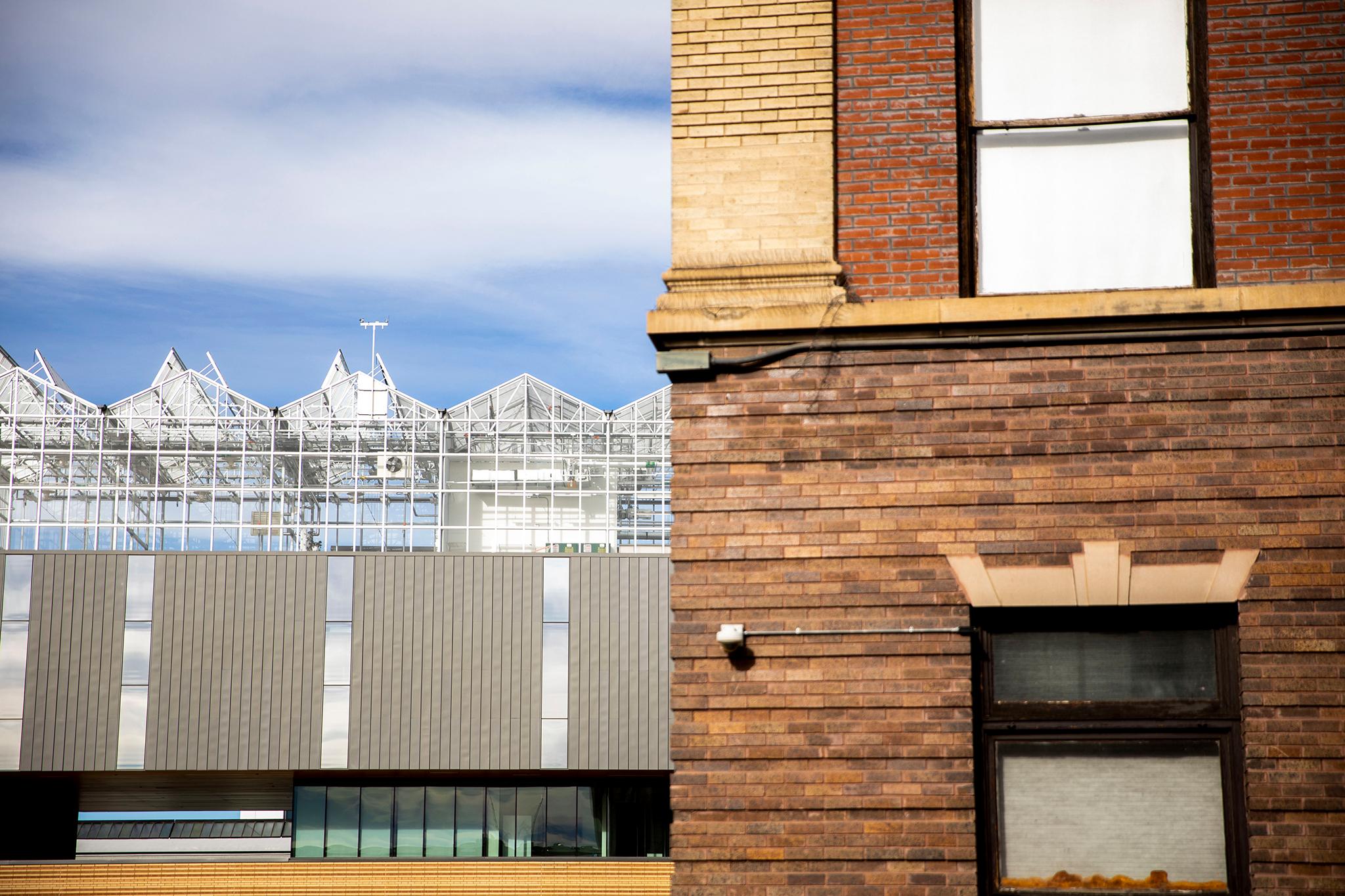
While organizers have stressed the importance of preserving local history, Marquez worries about the displacement that often follows development, and thinks the National Western Center could be doing more to engage the community. The Center has held community meetings and had locals on their board over the years, but he feels past promises have gone unfulfilled.
Growing up, Marquez did not feel like the Livestock Exchange building was a place for him, and wants that to change. Recently, the National Western Center has been leasing space for free to community groups, but Marquez still worries about accessibility.
"It was never accessible to the communities that lived in that neighborhood, so you'd walk past it, but it wasn't something that you can go into and they had the doors open for us, that's not what it was," he said.

